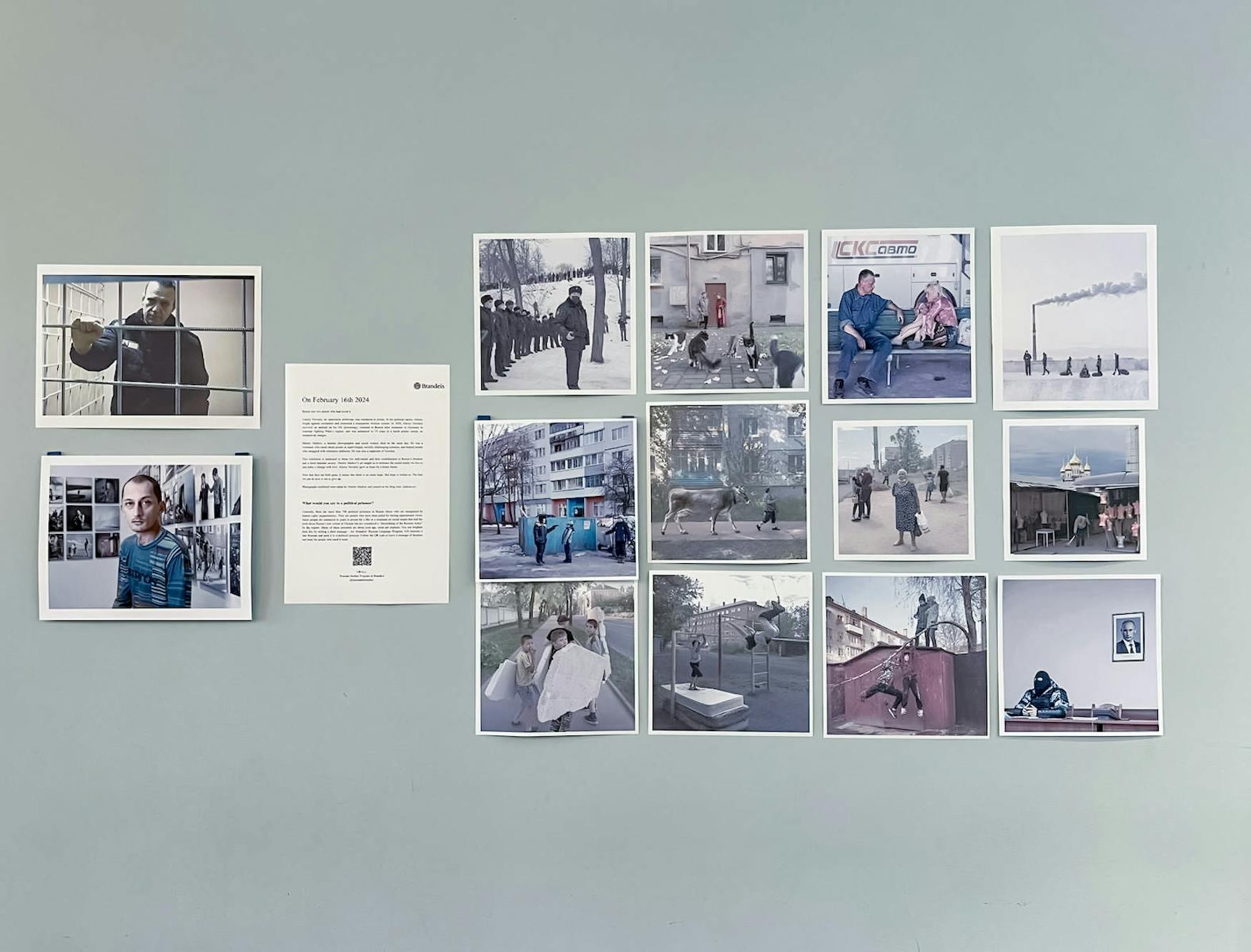Echoes of resilience
Remembering Navalny and Markov through art and activism
On Feb. 16, two individuals from Russia who embodied the essence of resistance passed away: Alexei Navalny, an outspoken opposition politician, and Dmitry Markov, a renowned photographer and social worker.
In his time, Navalny was a well-known and respected leader of the Russian opposition against President Vladimir Putin. For years, Navalny exposed and combated the high level of corruption present in Russia’s government. His political pursuits placed him under direct fire from the Kremlin, so much so that in 2020, Navalny was allegedly poisoned by a toxin akin to Novichok, a Soviet-era nerve agent. In addition to attempts to end his life, Navalny’s political work led to numerous arrests and charges of extremism, ultimately culminating in a 19-year prison sentence in a remote prison north of the Arctic Circle. While in prison, Navalny unfortunately passed away due to reportedly undefined circumstances.
On the very same day of Feb. 16, social worker, artist and supporter of Navalny Dmitry Markov passed away. Markov was a prominent photographer, documenting all aspects of Russian society largely from his iPhone. Many of his photographs tie into his community service work and political resistance, one of his most famous being a photograph he took after being detained in a 2021 rally in support of Alexei Navalny. The photograph depicts a riot policeman sitting underneath a portrait of Vladimir Putin. Following the virality of his photograph, Markov auctioned the picture off for 2 million rubles (approximately $22,000) and donated the proceeds to OVD-Info and Apologia of Protesta, organizations that aid detained protestors. Markov used his art to support his communities and champion the social reality he believed in.
In the midst of extreme political turmoil and violence, art is a powerful tool for fostering community, expressing resilience and voicing resistance. In honor of the art of Dmitry Markov and the political work of Alexei Navalny, the Brandeis Russian Club created an exhibition featuring many of Dmitry Markov’s photographs. The exhibition celebrates the legacies of the two activists while creating the space for students to send their own sentiments of freedom and hope to the countless political prisoners being held in Russia. In a Google Form made to collect students’ messages, Brandeis Russian Club explains, “Many of these prisoners are about your age, some are students. You can brighten their day by writing a short message.” Brandeis’ Russian Language Program plans to translate and send the messages to the political prisoners. The Brandeis Russian Club’s exhibition, as well as their initiative to bolster support for those jailed for their oppositional views, can be seen in the atrium of the Shapiro Campus Center. While these two lives have been lost, those both inside and outside of Russia are working to honor their legacy and leave the world a better place than they found it through the use of art.



Please note All comments are eligible for publication in The Justice.